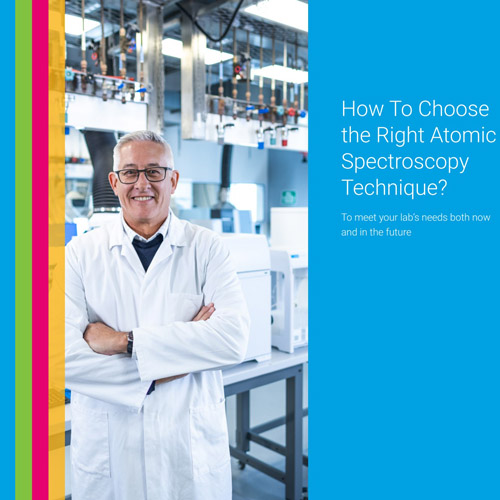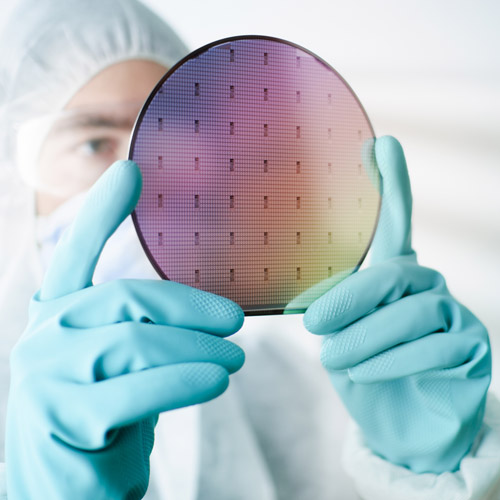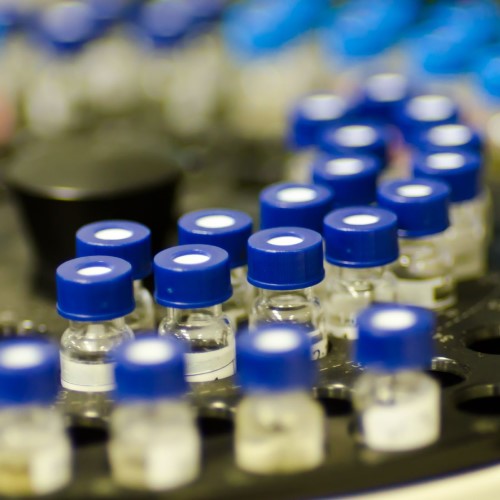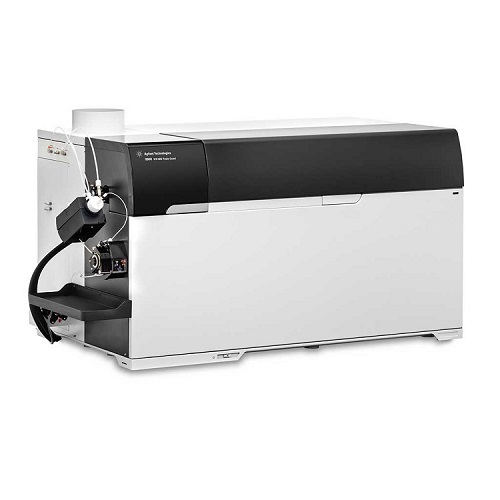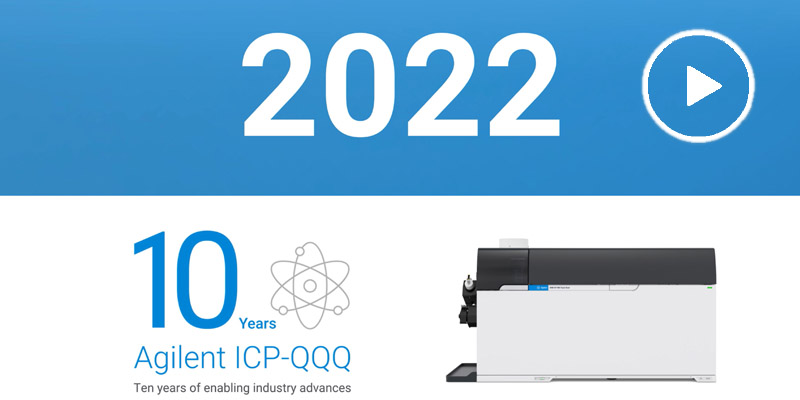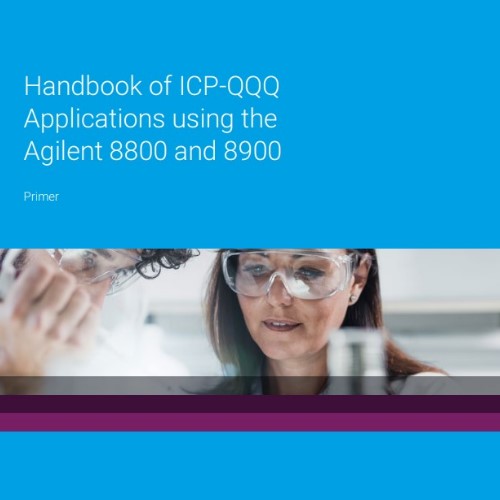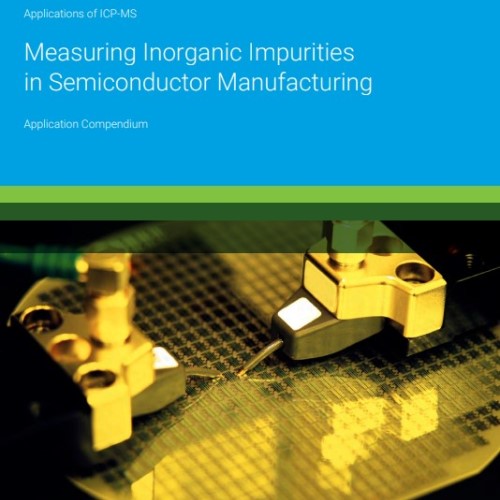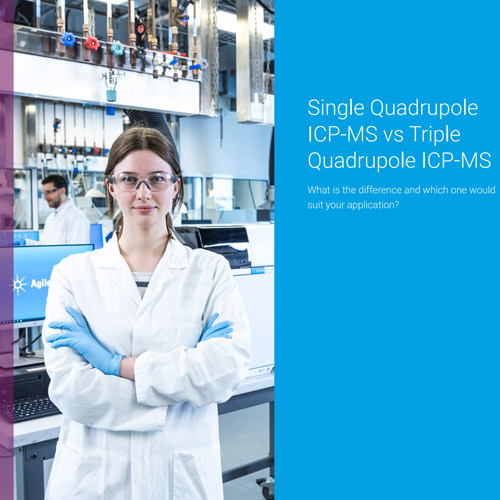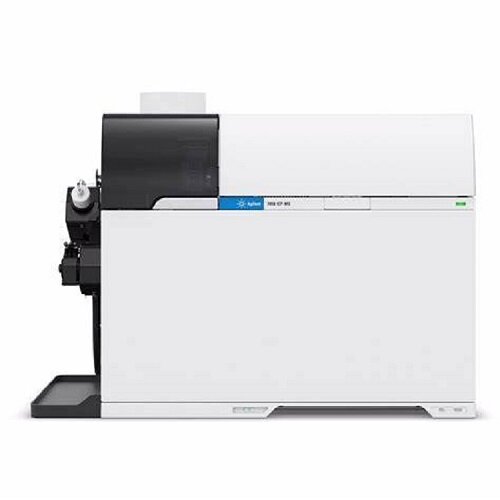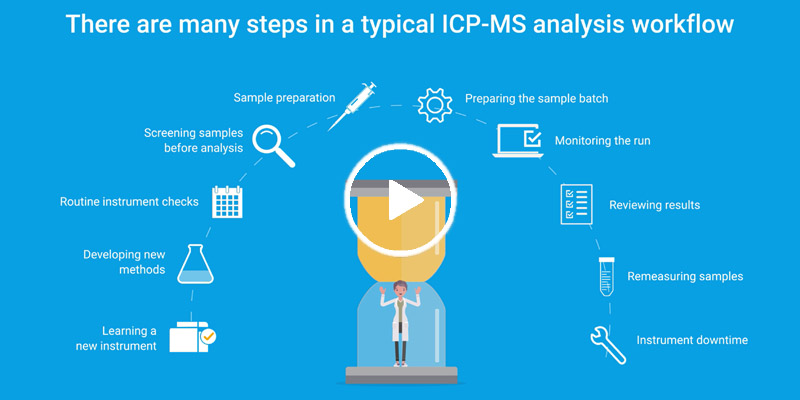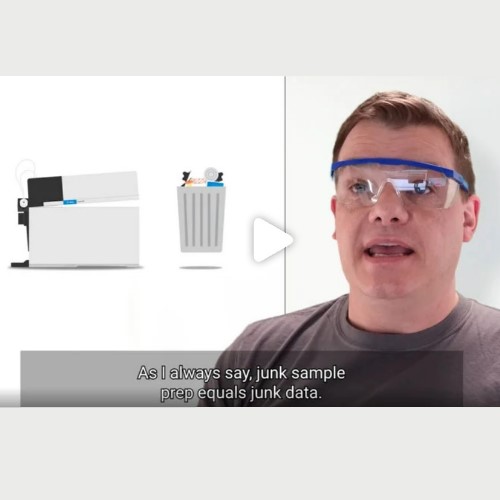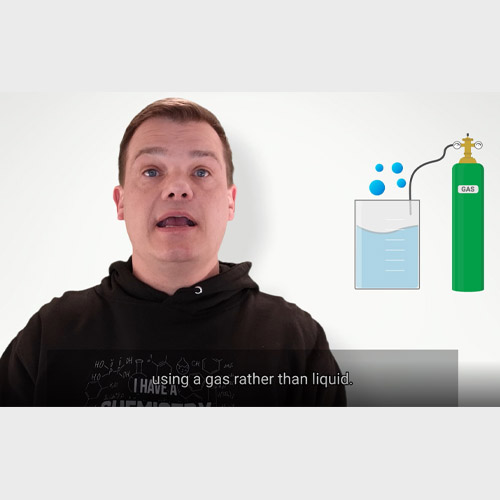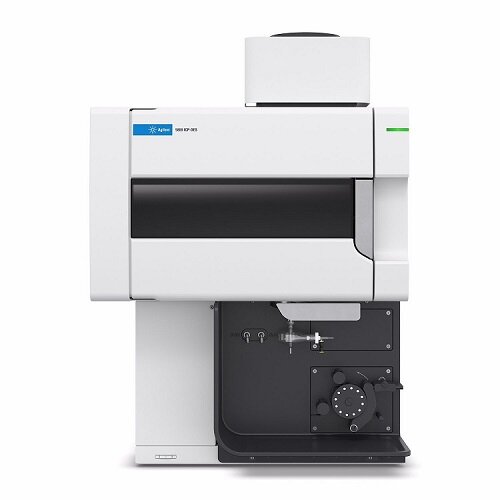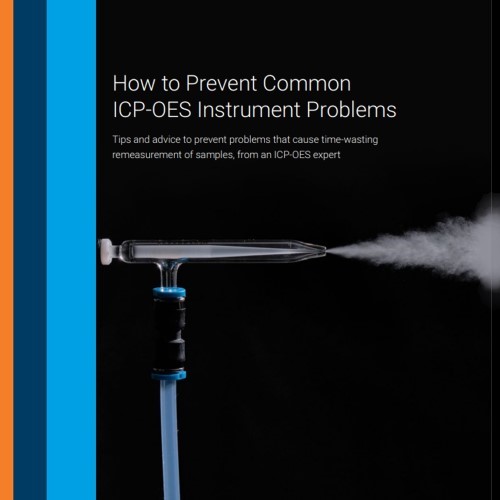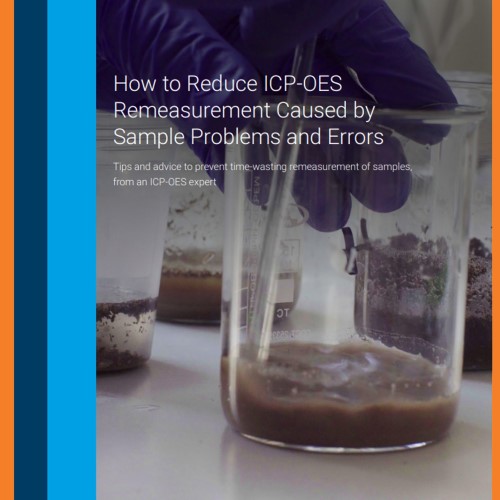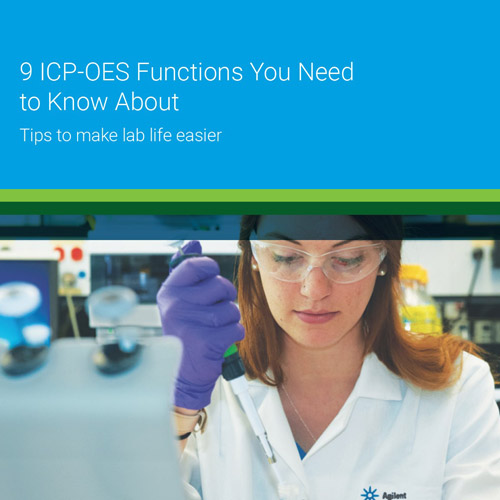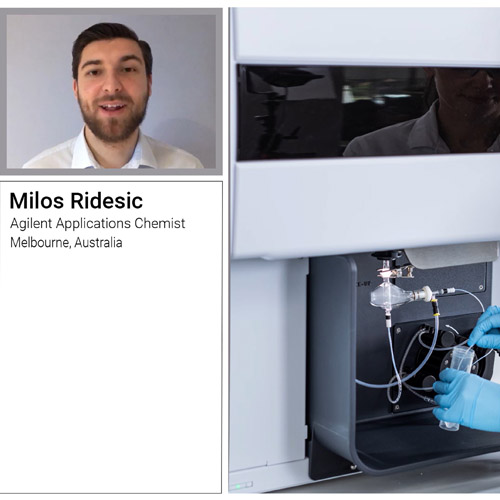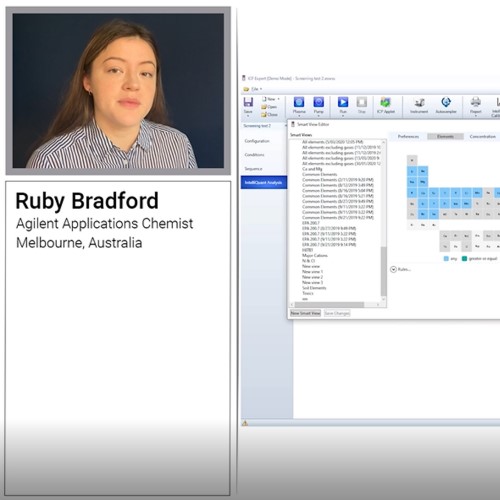Atomic spectroscopy is the collective name for a group of analytical techniques used to determine the elemental composition of a sample from its electromagnetic or mass spectrum. Atomic spectroscopy is commonly used to detect and quantify elements in fields including environmental, food and beverage, materials, and pharmaceutical analysis, due to its ability to provide rapid and reliable results.
Laboratories around the world value knowing their Agilent instruments will provide the answers they need, when they need them. Driven by insights from customers from around the world, Agilent has created an innovative and comprehensive atomic spectroscopy portfolio, encompassing instruments, consumables, standards, services, software, and more.
Your choice of atomic spectroscopy technique is dependent on the analytical requirements of your lab and your target applications in terms of speed, detection limits, and the elements you are looking for. In the resource below, we explore three key atomic spectroscopy techniques: inductively coupled plasma optical emission spectroscopy (ICP-OES), inductively coupled plasma mass spectrometry (ICP-MS), and triple quadrupole or tandem ICP-MS (ICP-QQQ or ICP-MS/MS). For each technique, we highlight how Agilent instrumentation can help deliver effective elemental analysis and give you the confidence of knowing your results are accurate.
How to choose the right atomic spectroscopy technique
The value of knowing that you've selected the right atomic spectroscopy technique is immense. Selecting the wrong one might mean you can't measure all the elements you need to. It might mean you can't measure them at low enough levels. It might mean that completing a sample batch is unbearably slow.
This eBook is perfect for labs contemplating which atomic spectroscopy technique to select: AA, MP-AED, ICP-OES, or ICP-MS. The eBook includes an introduction to how each technique works, side-by-side comparison tables, and discussion of the common applications of each technique. Sample preparation methods are also covered, as well as calibration approaches.
